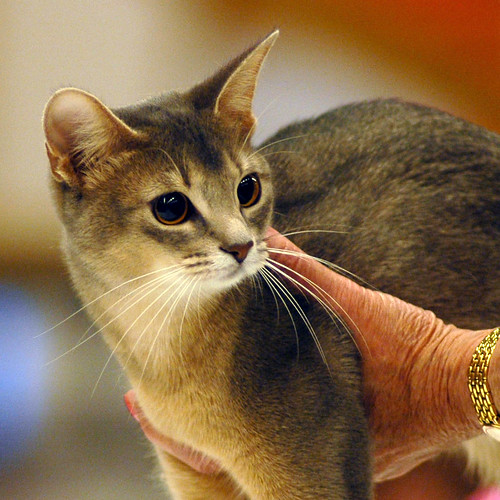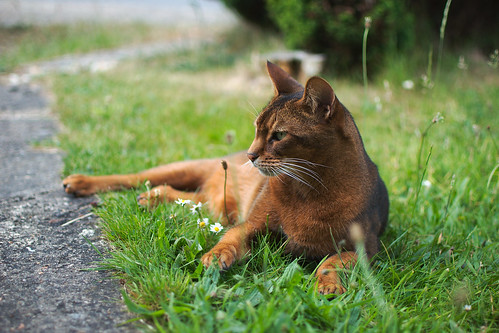 The Brazilian Shorthair is a breed of cat. It is the first cat breed from Brazil to receive international recognization.
The Brazilian Shorthair is a breed of cat. It is the first cat breed from Brazil to receive international recognization. The Brazilian Shorthair is a medium sized cat of great agility. The breed can be distinguished from the American Shorthair by their sleek and elegant appearance. Yet, they are not as thin as the Siamese. The coat is short and close to the skin and comes in a wide variety of colors and patterns. The space between the eyes should be equal to that of one eye. Brazilian Shorthairs have dramatically expressive eyes. They are a medium sized cat; longer than they are tall. Males have bigger heads than females.
Its earliest origins can be traced back to the streets of Brazil. Since going from a feral cat to a purebred, this breed has changed dramatically. This is not the first breed to be developed from street cats; as the American Shorthair, European Shorthair, and American Keuda all show. The Brazilian Shorthair started out as an experiment. It was found that Brazil had cats that were different from anywhere else in the world. Yet, all Brazilian street cats had a common appearance and features. Today there are still very few Brazilian Shorthair breeders. The breeding of random street cats has been met with much opposition among animal rights activists and professional cat breeders. However, the Brazilian Shorthair is now considered to be a pure breed of cat. The United States currently has the largest population of Brazilian Shorthair cats and breeders.
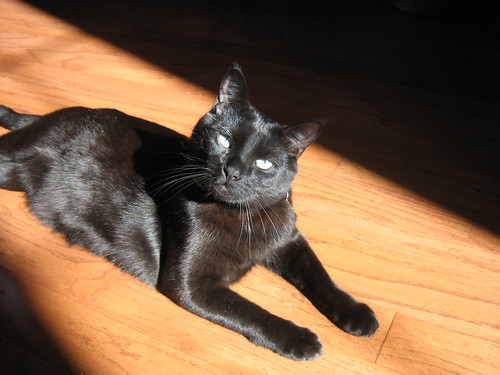
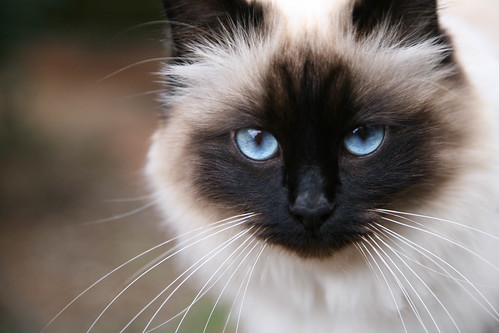
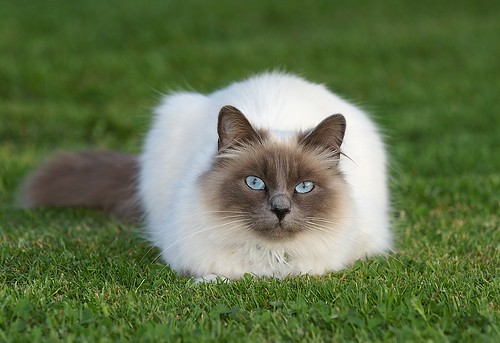
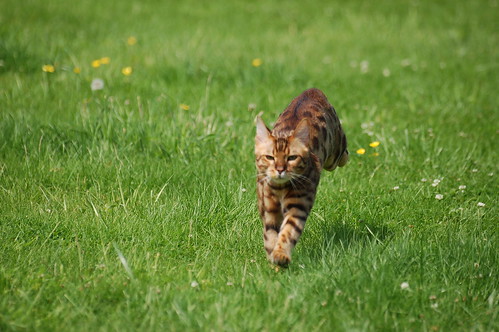

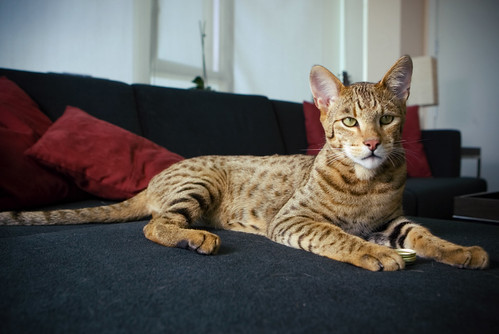


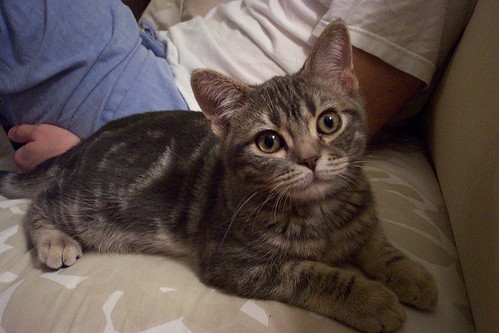


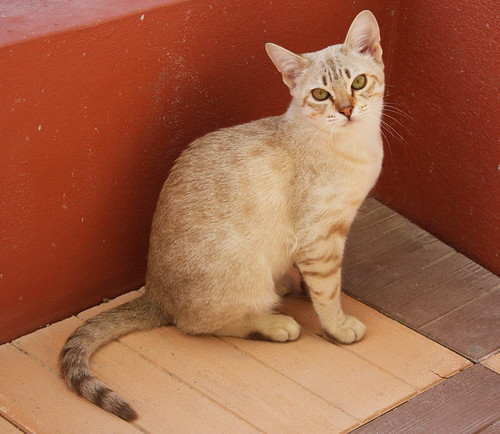

 The Abyssinian (Pronunciation: \a-bə-si-nē-ən, -nyən\) is a breed of domesticated cat with a distinctive ticked coat. There are many stories about its origins, often revolving around Egypt, but its true origins are uncertain. The Abyssinian has become one of the most popular breeds of shorthair cat in the USA.
The Abyssinian (Pronunciation: \a-bə-si-nē-ən, -nyən\) is a breed of domesticated cat with a distinctive ticked coat. There are many stories about its origins, often revolving around Egypt, but its true origins are uncertain. The Abyssinian has become one of the most popular breeds of shorthair cat in the USA.